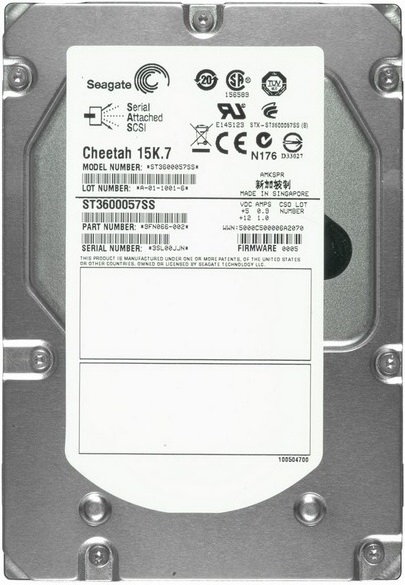

Note the lack of any performance difference between the 600 and 600 Pro at similar capacities. The 600/600 Pro climb the charts a bit at higher queue depths. Ramp up queue depth and we see a small gap between the 120GB capacity and the rest. Note the lack of any real difference between the capacities in terms of performance. Seagate doesn't lead the pack with the 600 but it does good enough. Low queue depth random write performance has just gotten insanely high on client drives over the past couple of years. Performance here isn't as high as what Samsung is capable of achieving but it is very good.

Random read performance is consistent across all capacity points. For an understanding of why this matters, read our original SandForce article. The average performance of SF drives will likely be somewhere in between the two values for each drive you see in the graphs. We use both standard pseudo randomly generated data for each write as well as fully random data to show you both the maximum and minimum performance offered by SandForce based drives in these tests. The results reported are in average MB/s over the entire time. I perform three concurrent IOs and run the test for 3 minutes. Our first test writes 4KB in a completely random pattern over an 8GB space of the drive to simulate the sort of random access that you'd see on an OS drive (even this is more stressful than a normal desktop user would see). Random accesses are generally small in size, while sequential accesses tend to be larger and thus we have the four Iometer tests we use in all of our reviews. The four corners of SSD performance are as follows: random read, random write, sequential read and sequential write speed.


 0 kommentar(er)
0 kommentar(er)
